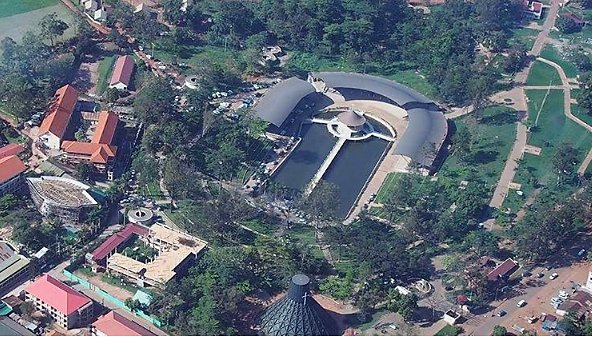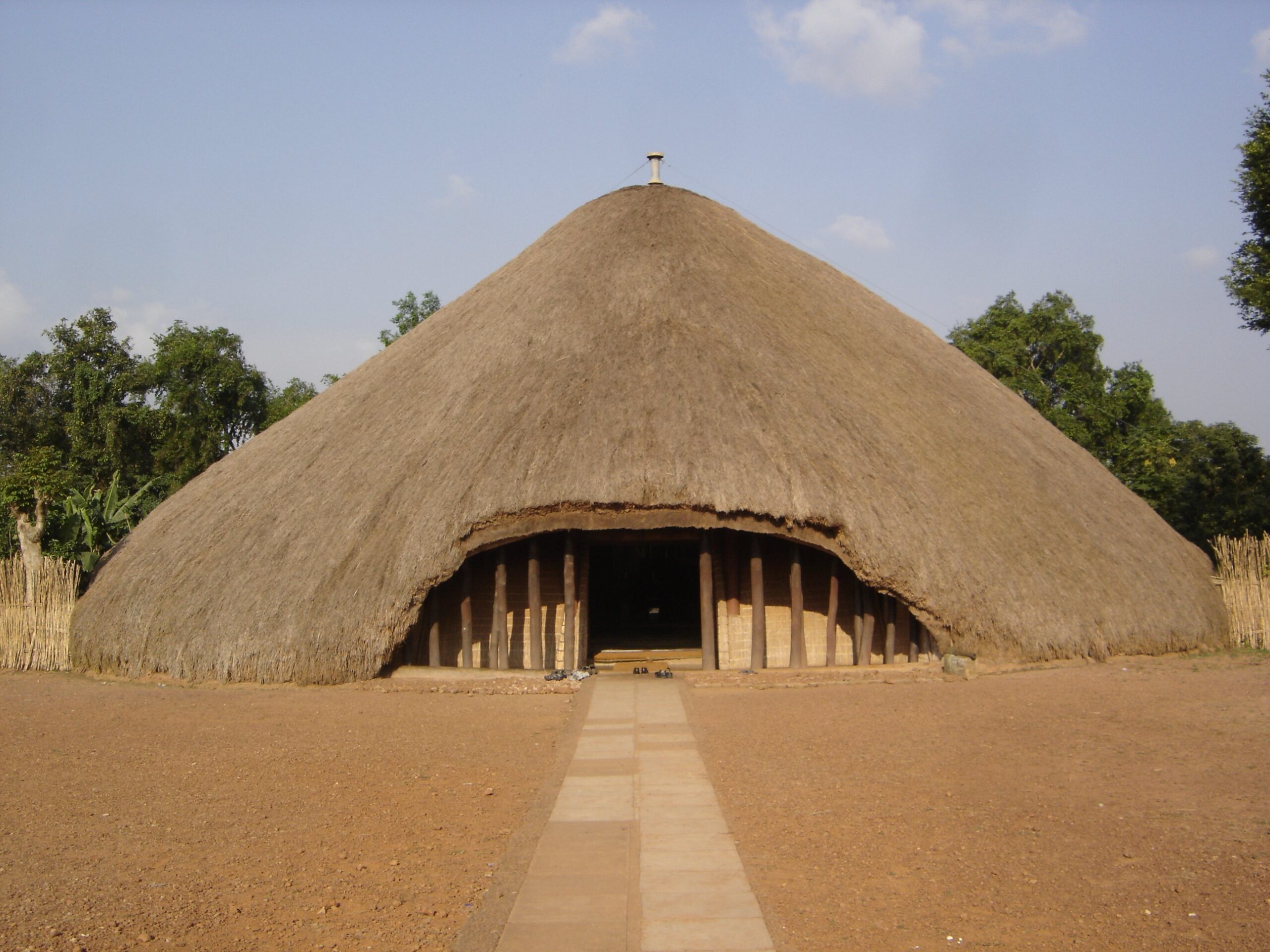Kabaka is the title of the king of the kingdom of Buganda. The Kabaka’s Palace in Uganda, often referred to as the Mengo Palace, stands as a symbol of cultural heritage and historical significance. Nestled in Mengo, Kampala, it serves as the official residence of the Kabaka, the traditional ruler of the Buganda Kingdom.
By tradition, Baganda children take on the clan of their biological fathers. It is a common misconception that the Kabaka (king) of Buganda takes his clan from his mother. Some go as far as saying that Buganda’s royal family was matrilineal. Neither of these assertions is true.
The palace, with its distinctive architecture, reflects a blend of traditional Buganda design and modern influences. Its intricate detailing and vibrant colours offer a glimpse into the rich cultural tapestry of the Buganda people. The palace is not only a residence but also a centre for cultural and ceremonial activities, playing a pivotal role in preserving and celebrating Buganda traditions.
Surrounded by lush greenery and guarded by traditional sentries, the Kabaka’s Palace exudes an aura of legality. The compound includes various buildings, each with its own historical significance, contributing to the overall narrative of Buganda’s past and present.
Visitors to the Mengo Palace have the opportunity to explore the royal grounds, witness traditional ceremonies, and learn about the history and customs of the Buganda Kingdom. It stands as a living testament to the resilience and continuity of Buganda’s cultural heritage in the face of modernity.
A visit to the Kabaka’s Palace is not just a journey into history; it’s an immersive experience that fosters a deeper appreciation for the traditions that have shaped the Buganda Kingdom for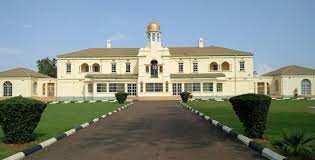
Kampala, the vibrant capital of Uganda, is home to a variety of markets that offer a diverse and lively shopping experience.
- Owino Market (St. Balikuddembe Market):
- One of the largest markets in Kampala established around 1971, Owino Market is a bustling hub for everything from fresh produce to clothing and crafts.
- The market is known for its energetic atmosphere, with vendors calling out their wares and shoppers navigating through narrow alleys filled with colorful stalls.
- Nakasero Market:
- A more upscale market, Nakasero is renowned for its fresh produce, spices, and artisanal products.
- It attracts both locals and tourists seeking high-quality goods, and the market’s neat layout and cleanliness contribute to a pleasant shopping experience.
- Kalerwe Market:
- Kalerwe is a market known for its diverse range of goods, from household items to electronics.
- It’s a favorite among locals for its affordability, and the market’s lively atmosphere reflects the day-to-day life of Kampala residents.
- Craft Markets (e.g., National Theatre Craft Market):
- Kampala boasts various craft markets where artisans showcase traditional Ugandan crafts, clothing, and souvenirs.
- Visitors can explore these markets to find unique handmade items, providing a glimpse into Uganda’s rich cultural heritage.
- Stalls and Street Vendors:
- Throughout Kampala, you’ll find numerous street vendors and small stalls offering a variety of goods, from street food to accessories.
- These informal markets contribute to the city’s dynamic street life and offer a chance for spontaneous discoveries.
- Role in Local Economy:
- The markets in Kampala play a crucial role in the local economy, providing employment opportunities for many and serving as a source of livelihood for small-scale traders.
- Cultural Diversity:
- Each market reflects the cultural diversity of Kampala, with vendors from different regions and ethnicities contributing to the variety of goods available.
- Challenges and Opportunities:
- Addressing challenges such as sanitation and infrastructure while capitalizing on the opportunities for tourism and economic growth through the markets is a noteworthy aspect to consider.
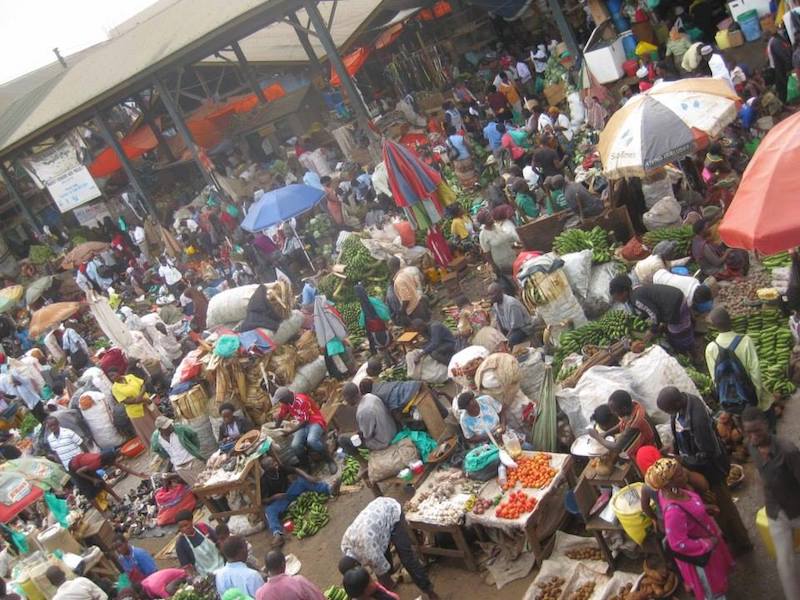
The Old Kampala Mosque, officially known as the Gaddafi National Mosque, is a prominent religious and architectural landmark in Kampala, Uganda.
- Architectural Grandeur:
- The Old Kampala Mosque is a stunning piece of architecture, featuring a mix of modern and Islamic design elements. Its towering minarets and large dome contribute to the mosque’s grandeur.
- Islamic Symbolism:
- The mosque’s design incorporates Islamic symbolism, with calligraphy, geometric patterns, and intricate details that reflect the rich artistic heritage of Islamic culture.
- History and Construction:
- The mosque was commissioned by the late Libyan leader, Colonel Muammar Gaddafi, and construction was completed in 2006. Its construction was part of Gaddafi’s efforts to promote Islamic culture in Africa.
- Panoramic Views:
- Positioned on Old Kampala Hill, the mosque offers panoramic views of Kampala and its surroundings. Visitors can climb to the top of the minaret for a breathtaking view of the city.
- Cultural Significance:
- The mosque holds cultural significance for the Muslim community in Kampala and Uganda at large. It serves as a place of worship, community gathering, and religious education.
- Religious Tolerance:
- The Old Kampala Mosque stands as a symbol of religious tolerance, welcoming visitors of all faiths to appreciate its architecture and learn about Islam.
- Educational Programs:
- The mosque hosts educational programs and events to promote interfaith dialogue and understanding. It plays a role in fostering unity and cooperation among different religious communities.
- Visitor Experience:
- Visitors to the Old Kampala Mosque can explore its grounds, attend prayer services, and, with proper attire, tour the interior to appreciate the mosque’s architectural and cultural features.
- Community Outreach:
- The mosque is actively involved in community outreach and social initiatives, contributing to the well-being of the local community.
- Festivals and Celebrations:
- During Islamic festivals and celebrations, the Old Kampala Mosque becomes a focal point for gatherings and special events, showcasing the vibrant cultural and religious traditions of the Muslim community.
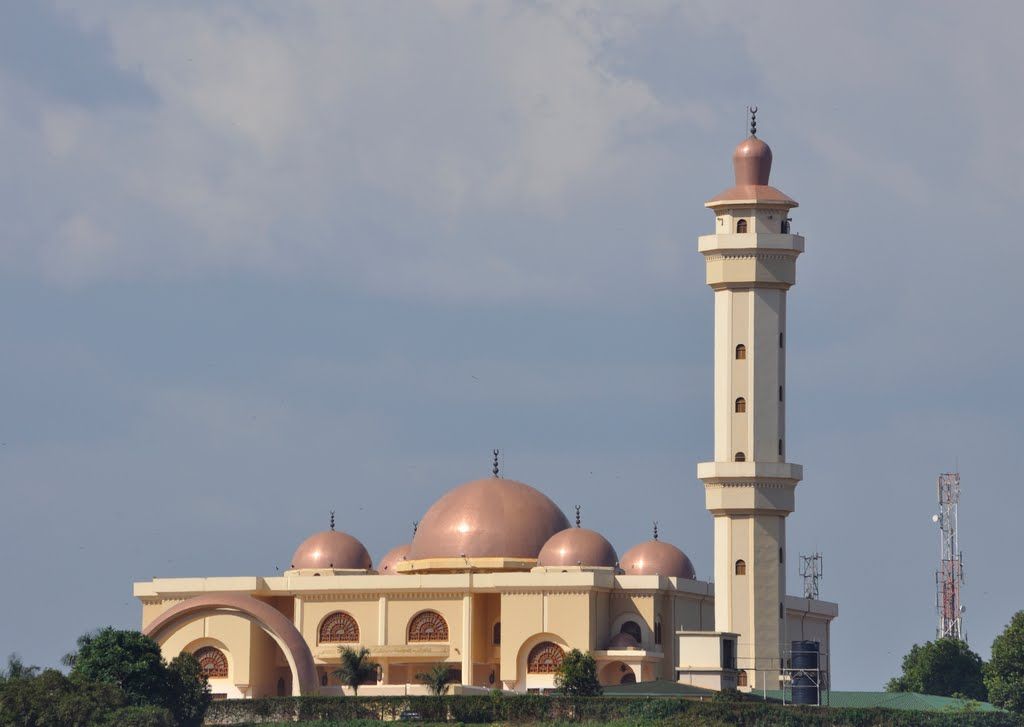
The Ndere Cultural Centre, located in Kampala, Uganda, is a vibrant institution that celebrates and preserves the diverse cultural heritage of Uganda.
- Cultural Performances:
- Ndere is renowned for its captivating cultural performances that showcase traditional Ugandan music, dance, and drama. The center brings together talented performers who present a rich tapestry of cultural expressions.
- Diverse Cultural Representations:
- The Ndere troupe represents various Ugandan ethnic groups, offering visitors an opportunity to experience the diversity of Uganda’s cultural traditions in one place.
- Traditional Music and Instruments:
- The cultural center features traditional Ugandan music, including performances with indigenous instruments such as drums, xylophones, and flutes. Visitors can witness the mastery of these instruments and learn about their cultural significance.
- Dance Performances:
- Ndere’s dance performances are a highlight, featuring traditional dances from different regions of Uganda. The energetic and colorful dances convey stories, rituals, and celebrations unique to each community.
- Cultural Exhibitions:
- The Ndere Cultural Centre often hosts cultural exhibitions that showcase artifacts, crafts, and visual arts, providing insight into the material culture of various Ugandan ethnic groups.
- Cultural Education and Workshops:
- The center is dedicated to cultural education, offering workshops and programs that allow visitors to engage in hands-on activities and learn about traditional Ugandan practices.
- Architectural Beauty:
- Ndere’s architecture is a blend of traditional and modern styles. The design of the center complements its cultural focus, creating a visually appealing space that reflects Uganda’s heritage.
- Community Engagement:
- Ndere actively engages with local communities, collaborating with traditional performers, artisans, and experts to ensure the authenticity and integrity of its cultural representations.
- Culinary Experience:
- The center often includes a culinary component, allowing visitors to savor traditional Ugandan cuisine. This enhances the overall cultural experience by incorporating the flavors and culinary traditions of different regions.
- Global Outreach:
- Ndere Cultural Centre serves as a cultural ambassador, promoting Ugandan heritage on the global stage through international performances and collaborations.
- Event Hosting:
- Ndere provides a unique venue for events, including conferences, weddings, and cultural festivals. Its picturesque setting and cultural ambiance make it a sought-after location for various gatherings.


Namugongo Shrine is a significant religious site in Uganda, known for its historical and cultural importance.
- Martyrs’ Day Significance:
- Namugongo is most famous for being the site of the annual Martyrs’ Day celebrations, commemorating the lives of 22 Ugandan Christian martyrs who were executed in the late 19th century for refusing to renounce their faith.
- Martyrs’ History:
- The Martyrs of Namugongo were both Catholics and Anglicans, and they were martyred during the reign of Kabaka Mwanga II. Their steadfast commitment to their Christian faith in the face of persecution is a testament to religious resilience and courage.
- Religious Pilgrimages:
- Pilgrims from Uganda and other parts of the world visit Namugongo Shrine, especially during Martyrs’ Day, to pay homage to the martyrs and participate in religious ceremonies and processions.
- Architectural Features:
- The shrine features a distinctive architectural design, with the Uganda Martyrs Basilica standing as a prominent structure. The basilica accommodates large congregations during religious services and events.
- Religious Tolerance:
- Namugongo Shrine serves as a symbol of religious tolerance, as it brings together Christians from various denominations who gather to honor the martyrs regardless of their specific Christian affiliation.
- Martyrs’ Trail:
- The shrine includes a Martyrs’ Trail, which allows visitors to walk through the significant locations associated with the events leading up to the martyrdom of the Ugandan Christians. This trail provides a historical and spiritual journey.
- Martyrs’ Day Celebrations:
- Martyrs’ Day, observed on June 3rd, is a national holiday in Uganda. Pilgrims converge at Namugongo to attend special religious services, processions, and cultural performances as part of the commemorative events.
- Educational Significance:
- Namugongo Shrine serves as an educational site, offering insights into the history of the Ugandan Martyrs and the impact of their sacrifice on the development of Christianity in the region.
- Cultural Impact:
- The events at Namugongo have had a profound cultural impact on Uganda, fostering a sense of national identity and unity among Christians who gather to remember and celebrate the martyrs.
- Community Engagement:
- The shrine actively engages with the local community, contributing to the development of the surrounding area and promoting values of peace and tolerance.

